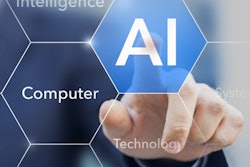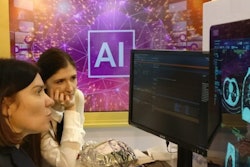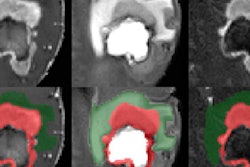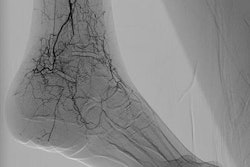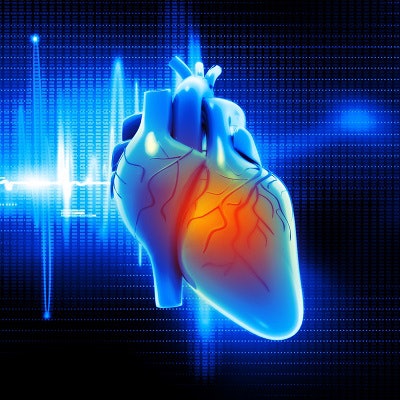
Researchers from Imperial College London in the U.K. found that artificial intelligence (AI) software can be used to identify cardiac rhythm devices such as pacemakers on x-rays. AI could therefore speed up the diagnosis and treatment of patients with faulty devices, according to the study published online on 27 March in JACC: Clinical Electrophysiology.
A group led by Dr. James Howard developed a convolutional neural network (CNN) that can determine the make and model of pacemakers and defibrillators within seconds after analyzing radiographs. In testing, the deep-learning algorithm was significantly more accurate and much faster than the current flowchart method commonly used by cardiologists to identify such devices.
In rare cases, pacemakers and defibrillators can fail and cause patients to deteriorate, including experiencing palpitations, loss of consciousness, or inappropriate electric shocks. Clinicians must quickly identify the device type to provide treatment; however, current methods are slow and outdated, according to Howard.
Unless staff members have access to records from where the implantation took place or patients can provide information, they use a flowchart algorithm that identifies pacemakers with a time-consuming process of elimination. Furthermore, the flowcharts are now outdated and inaccurate, leading to delays in delivering care to patients who are often in critical condition, according to the researchers.
"Our new software could be a solution as it can identify devices accurately and instantly," Howard said in a statement from the Imperial College London. "This could help clinicians make the best decisions for treating patients."
The researchers trained a CNN using 1,451 radiographic images of cardiac devices, including 45 models from five different manufacturers. They then tested the software on an additional set of 225 studies that contained five examples of each device model.
After a clinician uploads radiographs to a web portal, the deep-learning algorithm reads the exams and provides a result on the make and model of the device within seconds, according to the researchers. They tested the performance of the algorithm on radiographic images from more than 1,500 patients at Hammersmith Hospital in London between 1998 and 2018. Next, they compared the results with those of five cardiologists using the current flowchart algorithm to independently identify the devices.
| Accuracy for identifying cardiac rhythm devices | |||
| Cardiologists | AI software | ||
| Median | Range | ||
| For identifying device manufacturer | 72% | 62.2%-88.9% | 99% |
| For identifying model group | Not possible | 96.4% | |
The difference in performance for identifying the device was statistically significant, even for the cardiologist who produced the best identification results (p < 0.0001).
The researchers plan to perform an additional trial to validate the results in a larger group of patients. They also will investigate ways to create a more portable device that can be used in hospital wards. In addition, the group has made the algorithm publicly available as an educational online portal.
"However, as always, further clinical studies will be essential in assessing the network's 'real world' accuracy before it can be deployed as a validated clinical tool," the authors wrote.




